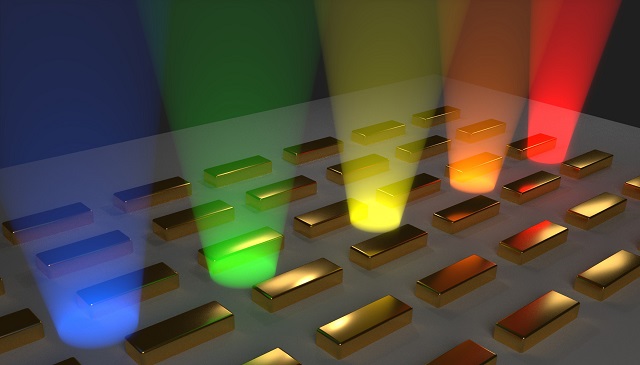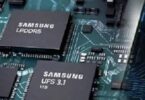The Bose- Einstein Condensate theory: A Diversification
Looking back, and I mean way back, Albert Einstein and Satyendra Bose came up with a theory that postulates something like this- that by using quantum mechanics, a large number of particles can behave like a concert, basically meaning as if they were a single particle. This theory came to be known as the Bose–Einstein Condensate theory. Fast forwarding a bit, the same theory was later enacted by a group of scientists in the year 1995, which created the first condensate of gas of alkali atoms using the Bose–Einstein Condensate theory.
Researchers today are trying to replicate the Bose–Einstein Condensate theory to make it more fitting for commercial and other applications. By using higher temperatures, faster timescales and smaller sizes, researchers are trying to make adjustments to the Bose- Einstein condensate theory to make it more suitable in a commercial setting. Previously, the Bose–Einstein Condensate theory had to be used in a setting where these factors were not present, but now to make it more viable, scientists have discovered a new way to replicate the Bose–Einstein Condensate theory taking into account these new factors.
The easier version of Bose–Einstein Condensate theory:
Scientists aim at changing the way the Bose- Einstein condensate theory is conducted by taking into account shorter time frames, smaller quantities and higher temperatures. The easier the method gets to replicate the Bose- Einstein condensate theory, the more it has use in various fields. Light sources, of a small size and of this kind could allow for faster information processing and can have exciting technological applications.
Solving the Problem of the Bose–Einstein Condensate theory:
One of the objectives of researchers was to use higher temperatures in replicating the Bose- Einstein condensate theory, so they have discovered a way to do this.
Using a condensed mixture of light and electrons, used in motion in gold nanorods arranged into a periodic array,Researchers were able to get the condensed particles to function as one using room temperature itself. Unlike the initial Bose–Einstein Condensate theory’s experiment the condensed particles did not need to be brought down to near absolute zero temperature, this is because the particles used in the new condensate were mostly light.
How was the new Bose–Einstein Condensate replicated?
The gold nano particle array was easy to create using modern methods of nanofabrication. Then light was passed near the nanorods. A major problem with this technique was that the entire process took about close to a picosecond or one trillionth of a second, which means that scientists could not be sure if what they were seeing was the real deal and by that I mean the real Bose- Einstein condensate theory or a normal laser light production.
Increasing the time…:
Whenever the condensate forms, a light is emitted through the gold nanorod. By getting a chance to observe the light, scientists would know how the condensation is formed. By altering the length of the gold nanorod, scientists would be able to actually see the light by converting distance into time.
This seeing of the Bose–Einstein Condensate theory is important as scientists needed to differentiate between a normal laser light and the light emitting from the Bose–Einstein Condensate theory.
Both the lights are very similar in appearance but there are fundamental differences in their properties, which means that the Bose- Einstein condensate theory’s light would have different technological applications than a normal laser light.







